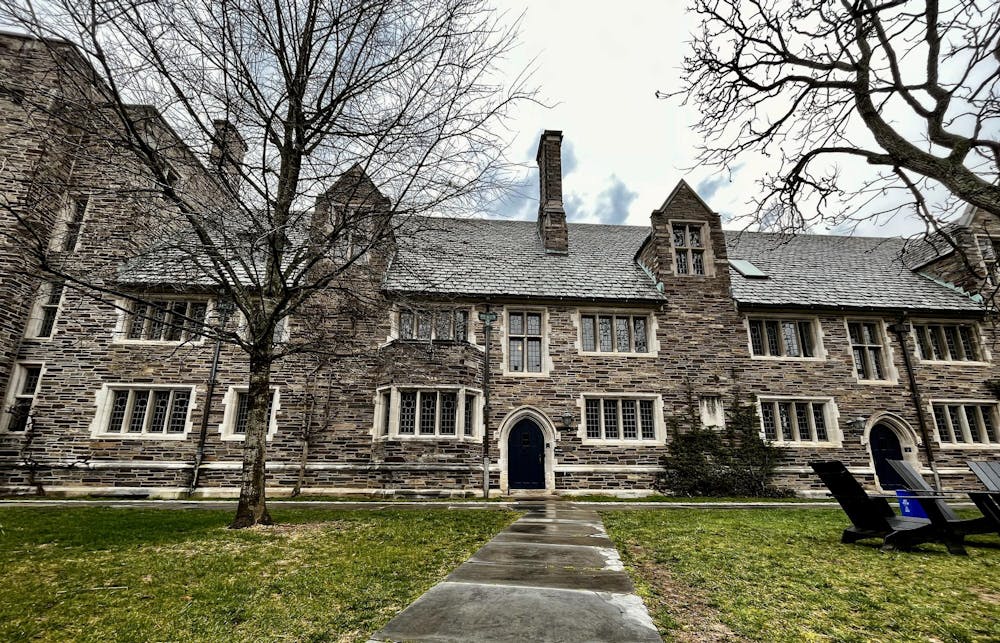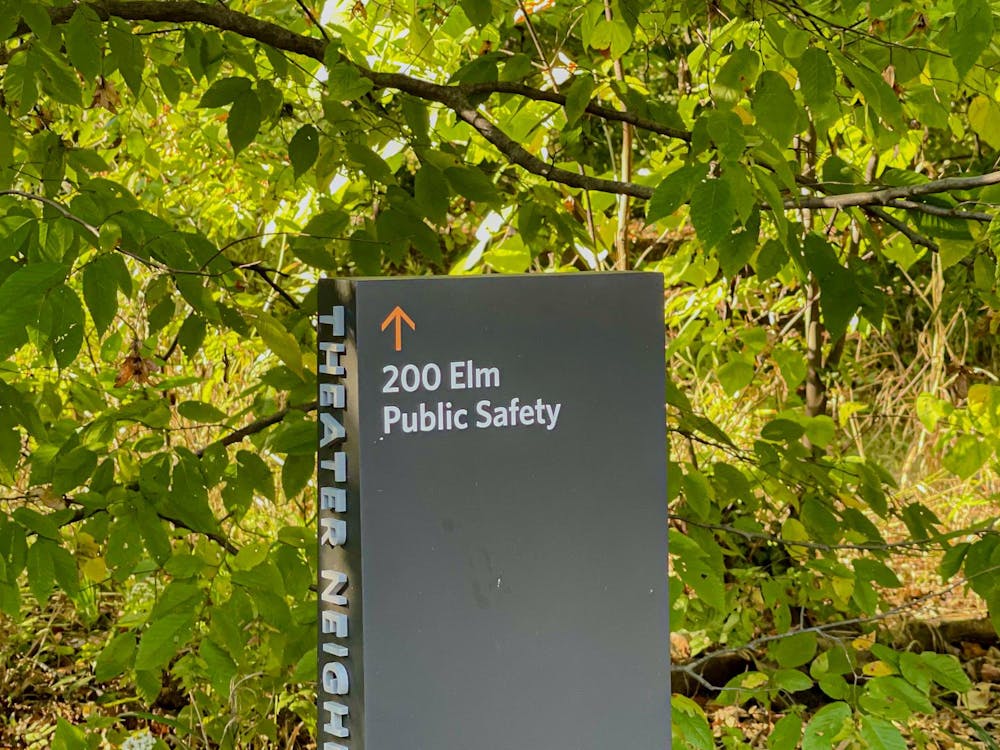Following tests conducted in January 2024, asbestos was discovered in the exterior window caulking and glazing putty of 1901–Laughlin Hall, prompting the University to contract an asbestos abatement contractor for safe removal last summer. Asbestos is a potentially harmful material that can be dangerous if its dust becomes airborne and is breathed in.
The project is part of a broader façade restoration effort which began last summer and is continuing in the summer of 2025. The affected material is currently being stored in a container in the U-Store courtyard.
According to University Spokesperson Jennifer Morrill, asbestos was identified during routine pre-testing for materials commonly found in older buildings.
Morrill said that the abatement process was initiated not due to immediate danger from the existing materials, but because safe removal was necessary ahead of window replacement and other renovation efforts. Although the presence of asbestos alone does not necessarily pose an immediate risk, Morrill emphasized that disturbing asbestos-containing materials — by, for example, doing things like renovations — can release fibers into the air, which then poses a danger to occupants.
According to the Environmental Protection Agency, “In general, exposure may occur only when the asbestos-containing material is disturbed or damaged in some way to release particles and fibers into the air.”
To minimize risk during removal, specialized containment procedures were put in place. Contractors installed plastic sheeting and interior window barriers, applied treated water (known as amended water) to prevent dust from spreading, and followed strict removal protocols including double-bagging waste and ensuring safe transport. The container in the U-Store courtyard has been approved for containing asbestos-laden waste, according to Morrill.
Daily air sampling conducted by a third-party testing agency has confirmed that asbestos levels have remained below clearance thresholds (below 0.01 fibers per cubic centimeter, according to the Environmental Protection Agency) throughout the project, ensuring that the site and surrounding area remained within safe limits.
“There are no students living in 1901–Laughlin Hall this summer,” Morrill noted, clarifying that the dorm building was vacated to allow for uninterrupted repairs. While other residential halls in the area are occupied by students participating in Princeton summer programs, those buildings are not included in the asbestos removal project.

Further scaffolding has been installed on the north and west sides of 1901–Laughlin Hall to allow access to areas undergoing repairs this summer, as summer 2024 repairs were limited to the south and east sides. The removal process includes the replacement of all exterior window glazing and caulking windows with silicone-based materials.
The project is expected to be completed in August 2025, ahead of upperclass student move-in for the new academic year.
While there are no current plans to conduct similar abatement work in other buildings, the University stated that pre-testing for asbestos is standard procedure whenever comparable repairs are scheduled.
Ben Goldston is a staff News writer for the ‘Prince.’

Please send any corrections to corrections[at]dailyprincetonian.com.
Correction: A previous version of this article said that the residential halls nearby 1901-Laughlin are not affected by asbestos. In fact, they are just not involved in the removal project, which is limited to 1901-Laughlin Hall.








